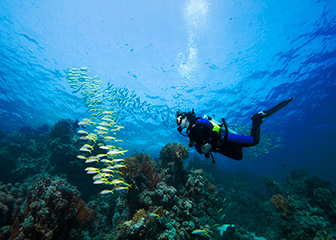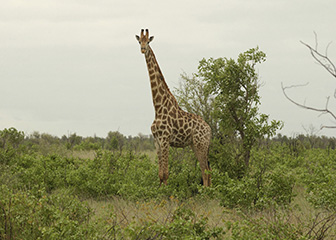Summary
Please enable javascript to play this video.
| Quick Facts: Zoologists and Wildlife Biologists | |
|---|---|
|
$72,860 per year
$35.03 per hour |
|
| Bachelor's degree | |
| None | |
| None | |
| 18,200 | |
| 2% (Slower than average) | |
| 300 | |
What Zoologists and Wildlife Biologists Do
Zoologists and wildlife biologists study animals, those both in captivity and in the wild, and how they interact with their ecosystems.
Work Environment
Most zoologists and wildlife biologists work full time. Zoologists and wildlife biologists work in a variety of settings, including offices and laboratories. Depending on their job, they also may spend time outdoors, gathering data and studying animals in their natural habitats.
How to Become a Zoologist or Wildlife Biologist
Zoologists and wildlife biologists typically need a bachelor’s degree for entry-level positions and may need a master’s degree for higher level jobs. They typically need a Ph.D. to lead research projects.
Pay
The median annual wage for zoologists and wildlife biologists was $72,860 in May 2024.
Job Outlook
Employment of zoologists and wildlife biologists is projected to grow 2 percent from 2024 to 2034, slower than the average for all occupations.
Despite limited employment growth, about 1,400 openings for zoologists and wildlife biologists are projected each year, on average, over the decade. Most of those openings are expected to result from the need to replace workers who transfer to different occupations or exit the labor force, such as to retire.
State & Area Data
Explore resources for employment and wages by state and area for zoologists and wildlife biologists.
Similar Occupations
Compare the job duties, education, job growth, and pay of zoologists and wildlife biologists with similar occupations.
More Information, Including Links to O*NET
Learn more about zoologists and wildlife biologists by visiting additional resources, including O*NET, a source on key characteristics of workers and occupations.
 United States Department of Labor
United States Department of Labor











